
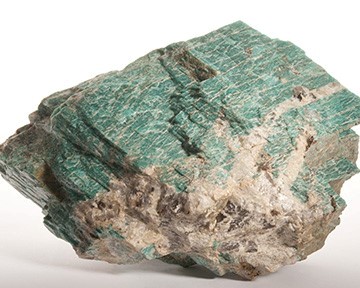
Amazonite (AI)
Amazonite is a variety of microcline, a mineral from the K-feldspar family. It is a green to bluish green ornamental and semi-precious stone.


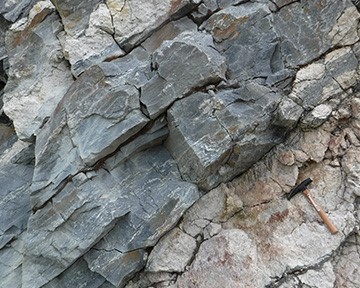
Amphibolite
Amphibolite is a dark-coloured, medium to fine-grained metamorphic rock composed mainly of amphibole and plagioclase. It is characteristic of moderate metamorphism.


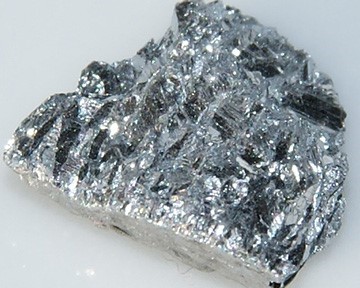
Antimony (Sb)
Antimony is a grey metalloid. It occurs in nature in its native state or, more commonly, as sulphides.


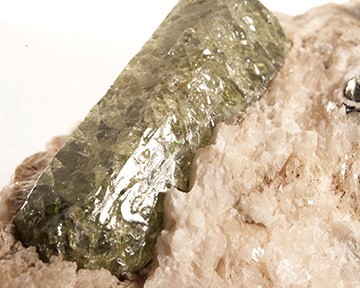
Apatite (AP)
Apatite forms a group of phosphate minerals. It is usually green, but this mineral can also take on a wide variety of colours.


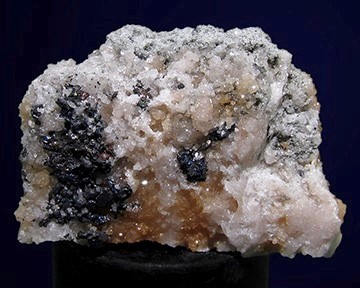
Silver (Ag)
Silver occurs in nature in its native state, disseminated or as wires and thin veneers with a generally dark-coloured altered surface. It also occurs as sulphides such as argentite or acanthite.



Clays
Clays consist of a group of minerals composed of hydrated aluminum silicates characterized by a flaky texture. They are usually formed by the alteration of silicates such as feldspars. This term also refers to the mineral substance formed primarily from these minerals.



Arsenic (As)
Arsenic occurs in its native state or, more commonly, as iron, nickel or cobalt arsenides and sulfoarsenides. Arsenic is generally associated with antimony and precious metals such as gold and silver.
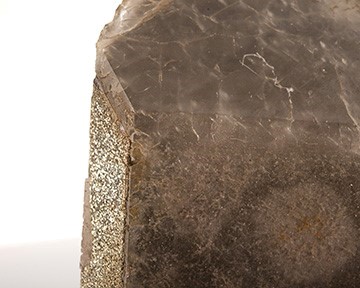
Barite (BR)
Barite, a barium sulfate, is a colourless, white or slightly tinted mineral due to the presence of iron oxides. It is characterized by high density.


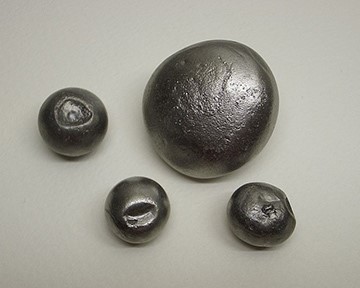
Beryllium (Be)
Beryllium is a steel-grey, light and fragile alkaline earth metal. In nature, it occurs mainly as oxides or complex aluminosilicates such as beryl (emerald, aquamarine).


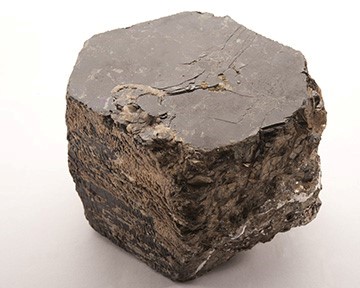
Biotite (BO)
Biotite is a brownish iron-magnesium-potassium silicate belonging to the mica family.



Bismuth (Bi)
Bismuth occurs in a variety of complex copper and lead sulphides. It occurs in hydrothermal veins, including in association with gold.


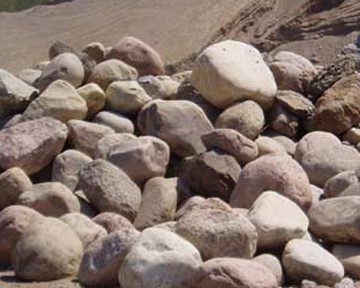
Bloc
A block refers to a rock fragment >25.6 cm in diameter.



Brucite (BC)
Brucite is a magnesium hydroxide. This soft and light mineral is commonly associated with serpentine in ultramafic rocks.



Limestone
Limestone is a carbonate sedimentary rock. It is composed mainly of calcite (calcium carbonate) characterized by high effervescence in contact with hydrochloric acid.


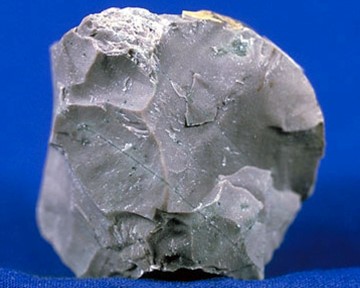
Chert
Chert is a very fine-grained silica-rich sedimentary rock of chemical origin.


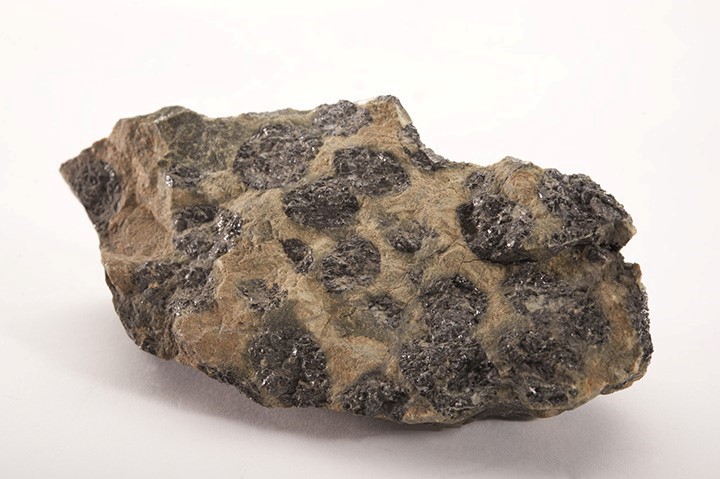
Chromium (Cr)
Chromium is a fairly abundant transition metal in ultramafic magmatic rocks (dunite, serpentinite) where chromite contents are observed.


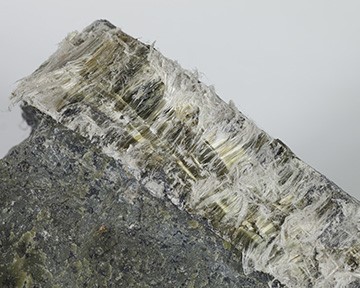
Chrysotile (Asbestos) (CS)
Chrysotile is a hydrated magnesium silicate. It is the main asbestos mineral. This fibrous, non-flammable, rot-proof and flexible mineral is resistant to most chemicals and has a high fracture stress.


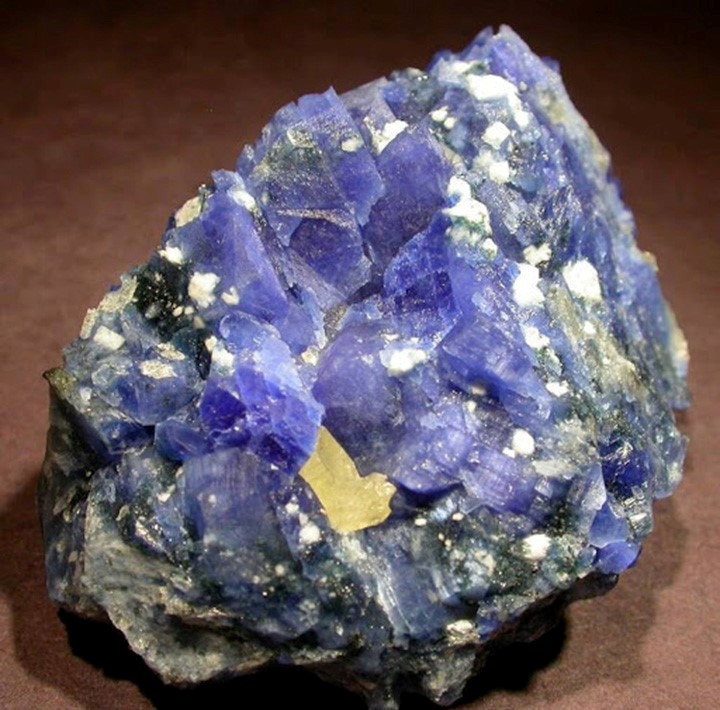
Cobalt (Co)
Cobalt occurs as arsenides, sulfoarsenides, sulfides and oxides. The main cobalt minerals are smaltite and cobaltite.


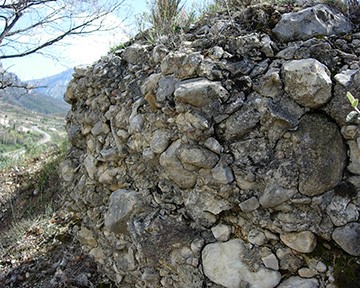
Conglomerate
Conglomerate is a detrital sedimentary rock composed of rock fragments (>2 mm) bound by a finer-grained matrix. It results from mechanical degradation of other rocks.


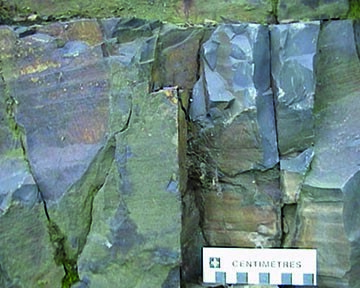
Hornfels
Hornfels is a metamorphic rock formed at the contact between intrusive magma and surrounding rocks.


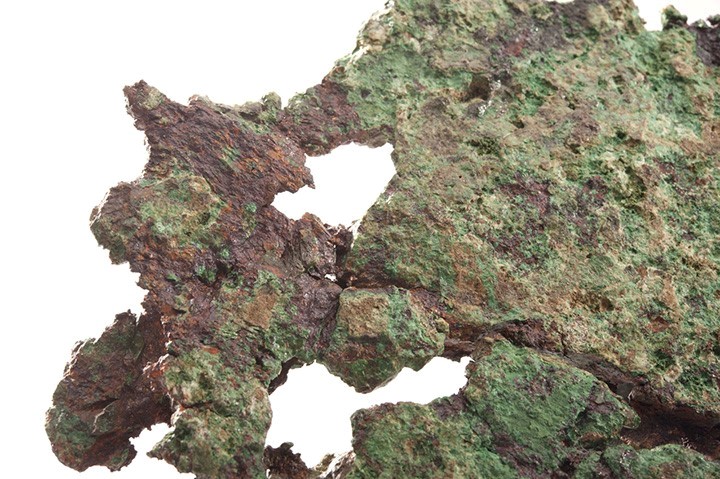
Copper (Cu)
Copper occurs in native form or more commonly as sulphides (chalcopyrite, bornite, covellite, etc.).


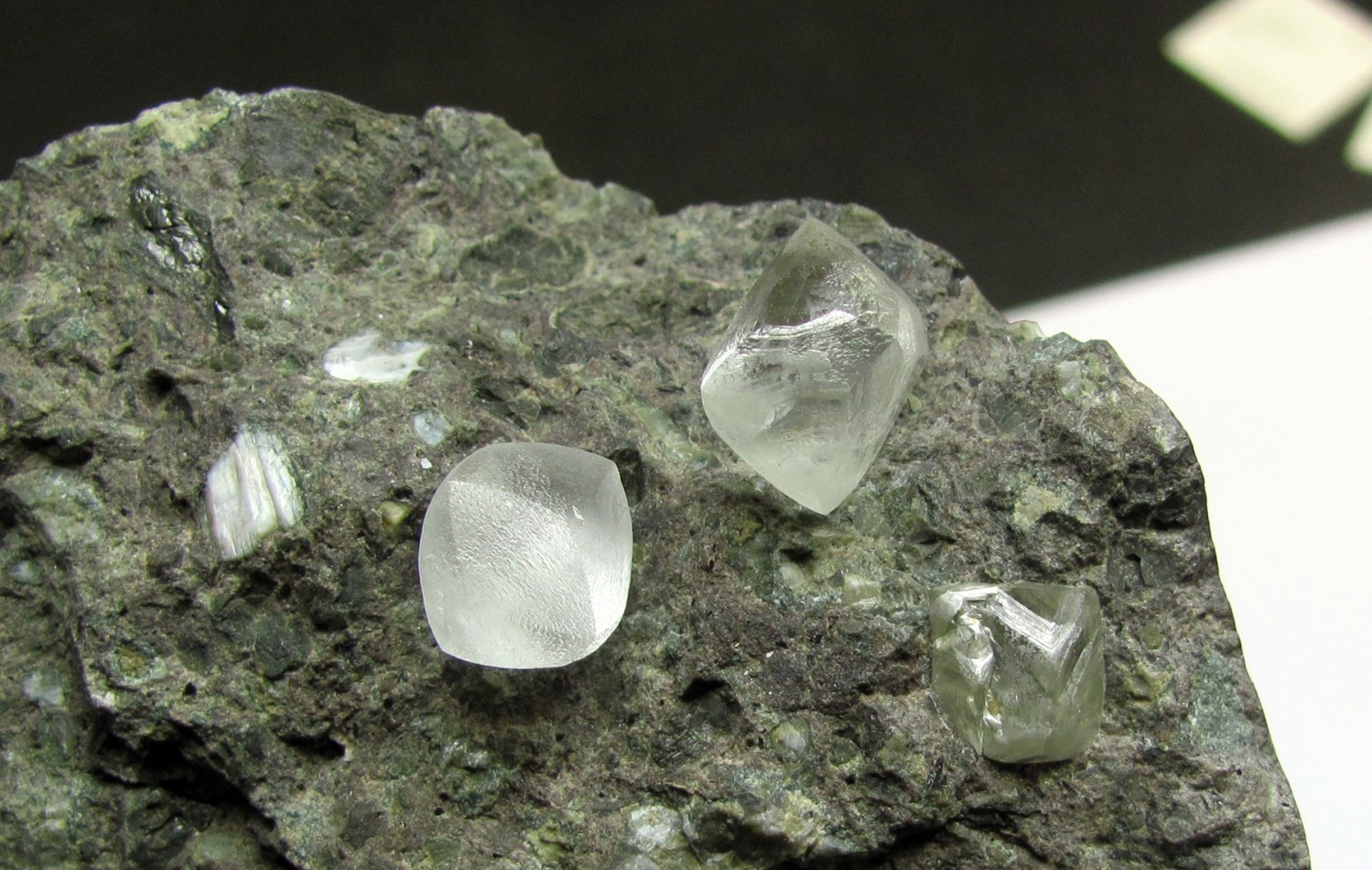
Diamond (DD)
Diamond represents the high-pressure form of carbon. It is the hardest natural material (with a maximum index of 10 on the Mohs scale) and has a very high thermal and electrical conductivity. It occurs in trace amounts in kimberlites and lamproites.


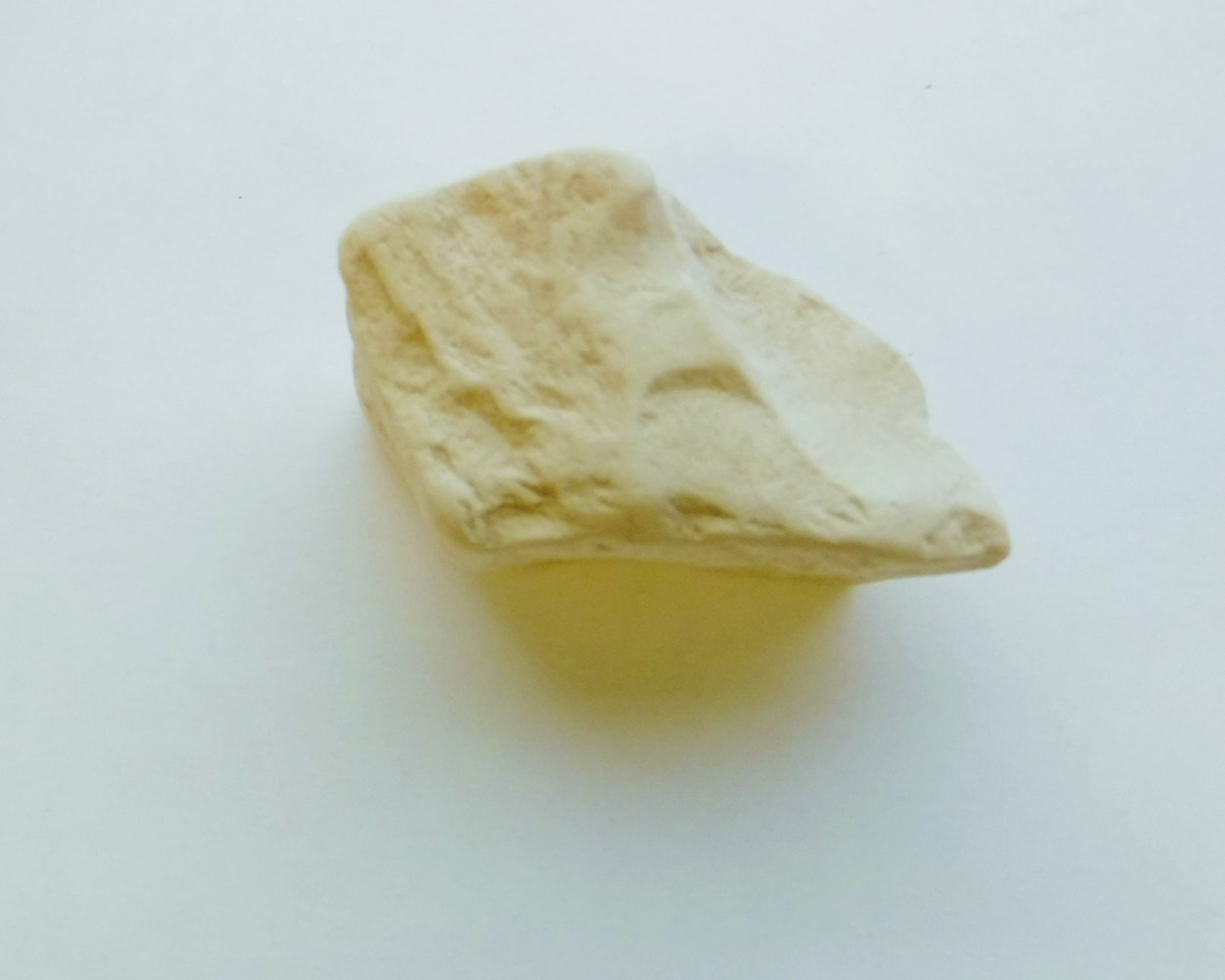
Diatomite (DO)
Diatomite is a very light, porous and friable siliceous sedimentary rock formed almost entirely of skeletons of micro-organisms called diatoms.



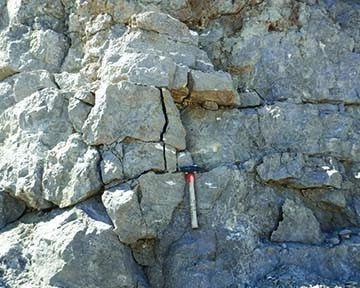
Dolomite
Dolomite is a carbonate sedimentary rock composed of at least 50% dolomite (calcium-magnesium carbonate). It is characterized by low effervescence in contact with hydrochloric acid.


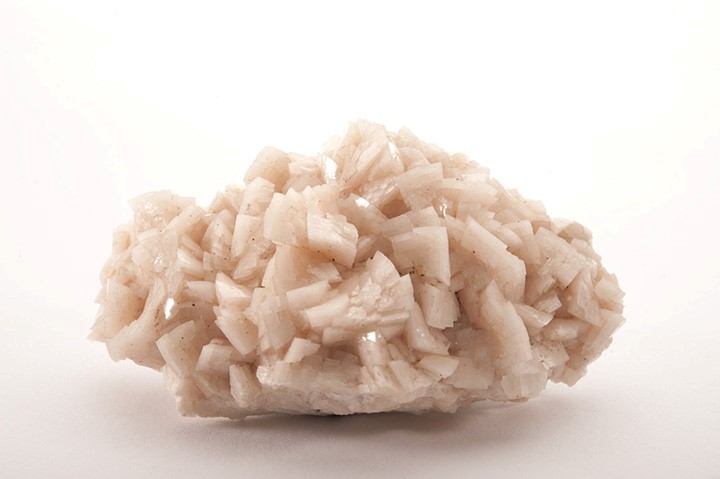
Dolomite (DM)
Dolomite is a calcium-magnesium carbonate. A rock containing >50% dolomite is called dolomite.


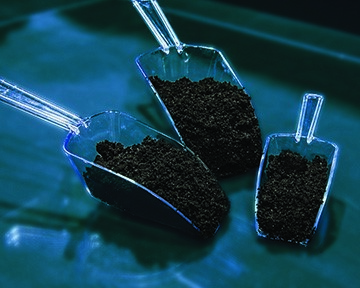
Platinum Group Elements (PGEs)
Platinum Group Elements (PGEs) include elements related to platinum (Pt) including palladium (Pd), rhodium (Rh), ruthenium (Ru), iridium (Ir), osmium (Os) and rhenium (Re). They are generally associated with magmatic copper-nickel or chromium mineralization.
Platinum (Pt) Palladium (Pd) Rhodium (Rh) Ruthenium (Ru) Iridium (Ir) Osmium (Os) Rhenium (Re)



Rare earth elements (REEs)
Rare earth elements are a group of metals comprising the fifteen lanthanides plus scandium and yttrium. In elemental form, REEs have a metallic appearance and are fairly soft, malleable and ductile. Mineralization is associated with intrusive magmatic rocks (carbonatite, alkaline or hyperalkaline rocks), metasomatic rocks or placer deposits.
Cerium (Ce) Lanthanum (La) Neodymium (Nd) Praseodymium (Pr)Samarium (Sm) Europium Ytterbium


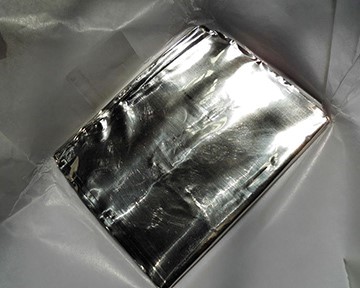
Tin (Sn)
Tin is a silver-grey metal. It is malleable and moderately ductile at room temperature. Tin occurs mainly as an oxide in cassiterite.


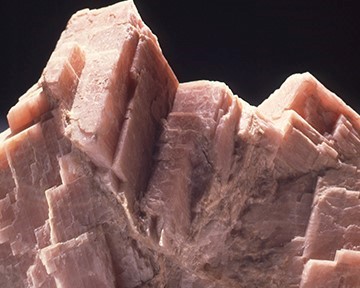
Feldspar (FD)
Feldspar consists of a family of minerals made up of aluminum, potassium, sodium and calcium silicates. It is subdivided into two main types: K-feldspar and plagioclase (sodium and calcium-rich).


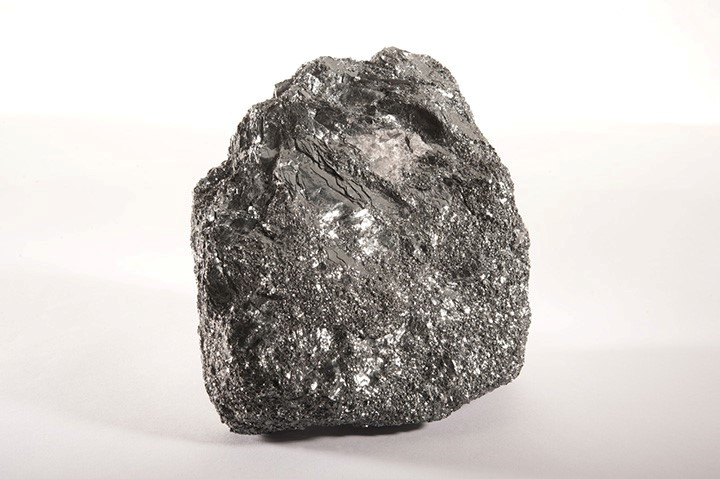
Iron (Fe)
Iron occurs in its native state in nature in pure form or in nickel-based alloys. Most of iron in the Earth’s crust is combined with oxygen to form iron oxide minerals such as hematite, magnetite and limonite.


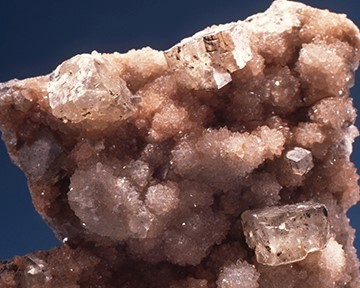
Fluorite (FL)
Fluorite is a calcium fluoride. This mineral has a vitreous lustre, is transparent to translucent and highly variable in colour.



Gneiss
Gneiss is a granular and banded metamorphic rock containing quartz, mica, amphibole, garnet, plagioclase feldspar and, locally, K-feldspar. It is characteristic of moderate to high metamorphism.


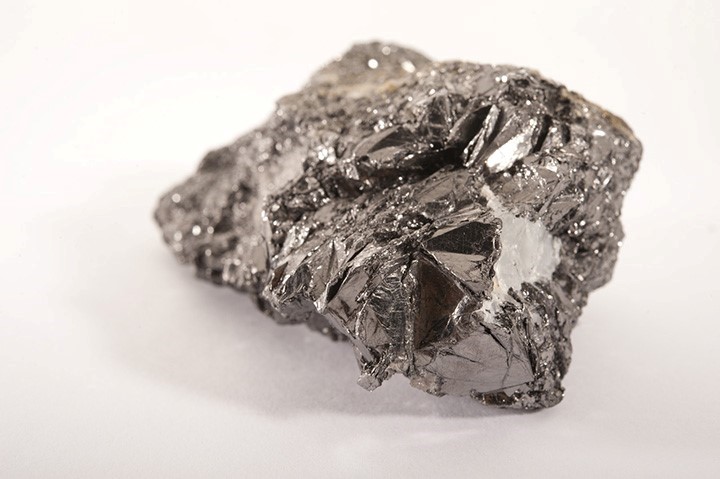
Graphite (GP)
Graphite represents the low-temperature and low-pressure phase of carbon. It forms compact lamellar masses or irregular flakes disseminated in the rock.


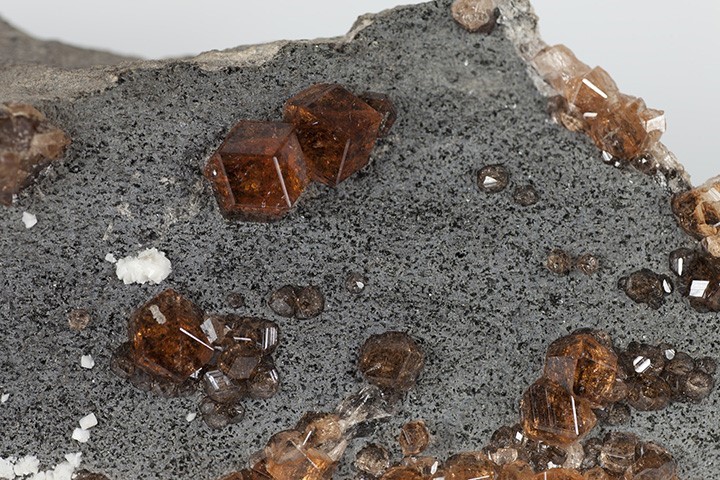
Garnet (GR)
Garnet consists of a family of minerals made up of silicates of very variable composition (calcium, iron, magnesium, manganese, chromium). Garnet is an important constituent of certain metamorphic rocks.


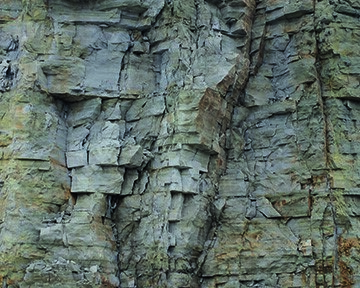
Sandstone
Sandstone is a detrital sedimentary rock composed of sand size grains (0.063-2 mm). Grains consist mostly of quartz and feldspar derived from the erosion of pre-existing rocks.



Halite (Rock salt) (HL)
Halite is used for cooking as table salt. This mineral is composed of sodium chloride. It is soft, very light, fragile and brittle.



Kaolin (KL)
Kaolin is a white, friable and refractory clay mineral composed mainly of aluminum silicates. It is commonly associated with mica flakes and quartz grains.


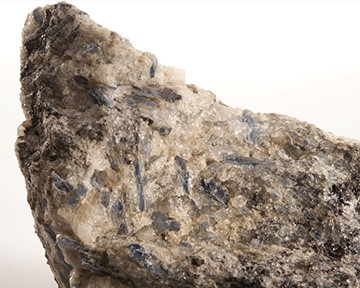
Kyanite (Disthène) (KY)
Kyanite is one of the typical forms of aluminum silicate found in metamorphic rocks (along with sillimanite and andalusite). It forms rods and usually has a bluish colour.

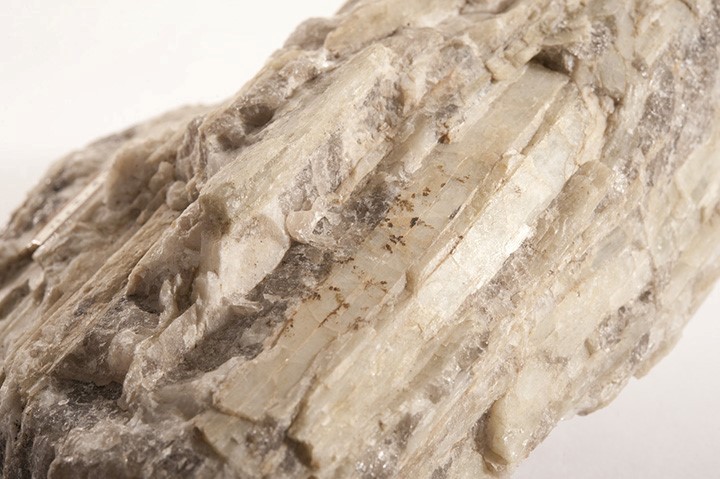
Lithium (Li)
Lithium is a soft, silver-grey metal that tarnishes and oxidizes very quickly in contact with air and water. It is the lightest solid element. It is extracted from brines or certain silicates (spodumene) present in granitic pegmatites.



Magnesite (MN)
Magnesite is composed of magnesium carbonate. It is a rare mineral in sedimentary rocks that can form by the alteration of magnesium-rich rocks or replacing calcite.


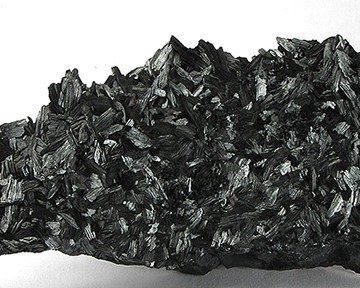
Manganese (Mn)
Manganese is a light grey metal, hard and brittle. It occurs in various mineralized environments.


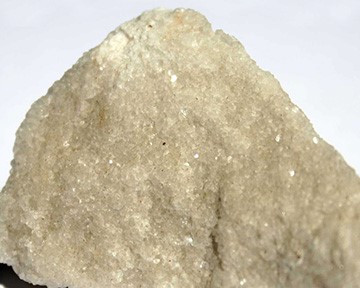
Marble (crystalline limestone)
Marble is a metamorphic rock derived from recrystallization of limestone or dolomite.


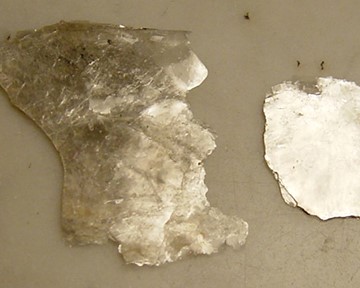
Mica (MI)
Micas consist of a family of minerals composed mainly of aluminum, iron, magnesium and potassium silicates. They are characterized by their lustre, laminated texture giving a flaky shape, and resistance to heat.


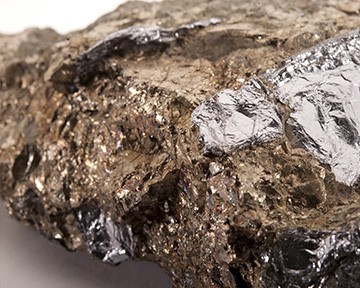
Molybdène (Mo)
The main molybdenum mineral is molybdenite. Molybdenum is a by-product of copper mining.



Mudrock
Mudrocks are very fine-grained detrital sedimentary rocks rich in clay, commonly splitting as flakes. Mudrocks can be classified into siltstone, claystone, mudstone and shale.


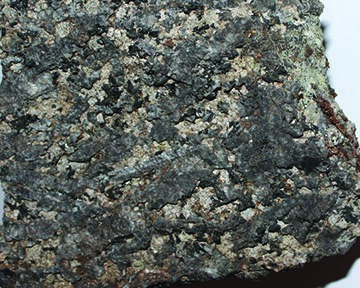
Nepheline (NP)
Nepheline is an aluminum-sodium silicate. It occurs in differentiated alkaline magmatic rocks.


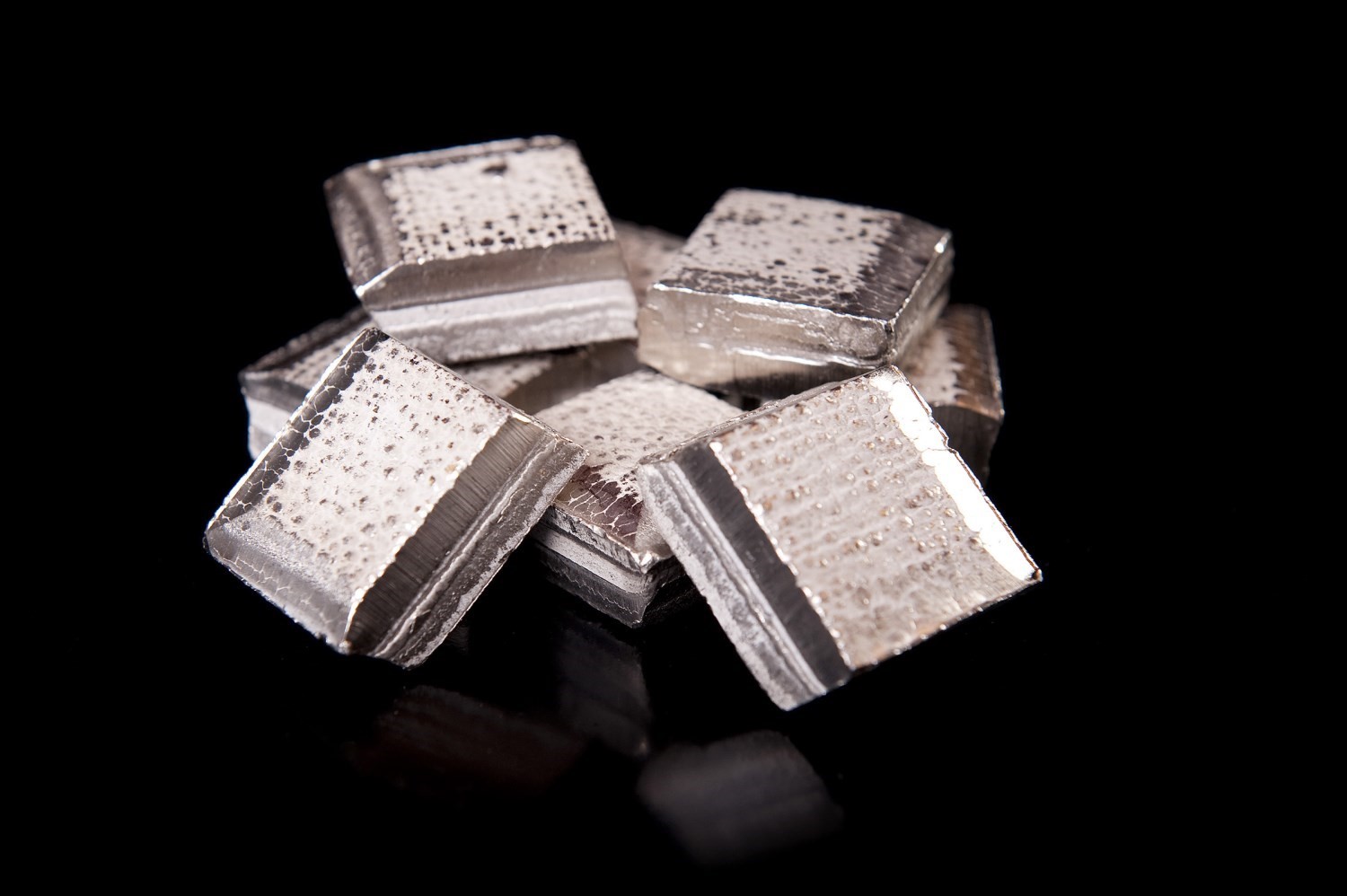
Nickel (Ni)
Nickel is a dense silvery-white, shiny, malleable and ductile metal. Harder and tougher than iron, it is commonly associated with cobalt and copper in mineralized zones.


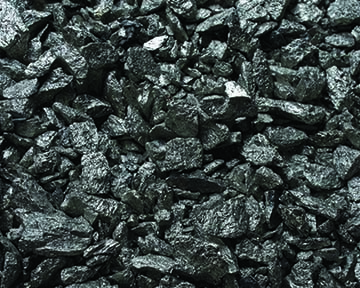
Niobium (Nb)
Niobium is a rare, relatively soft and ductile grey transition metal. Niobium minerals occur mostly as oxides in carbonatites and granitic pegmatites.


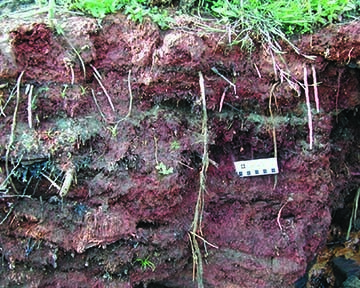
Ochre (OC)
Ochre is a mixture of clays coloured by a mineral pigment (iron hydroxide: hematite for red ochre, limonite for brown and goethite for yellow). Clays are amalgamated with sand grains and occur in soil as ochreous sand.



Olivine (OV)
Olivine is an iron-magnesium silicate. It is typical of magnesium-rich magmatic rocks (ultramafic rocks) and some metamorphic rocks. Dunite is an ultramafic rock containing >90% olivine.



Gold (Au)
Gold is a yellow, shiny, unalterable and stainless precious metal. It occurs in its native state associated with silver in gold-bearing veins. Alluvial deposits may also contain gold nuggets.


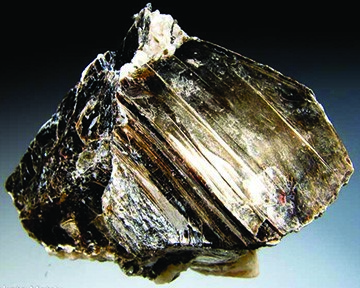
Phlogopite (MI)
Phlogopite is a yellow or light brown silicate belonging to the mica family. It occurs in dolomite and dolomitic limestone, as well as in some ultramafic magmatic rocks.



Lead (Pb)
Lead is a bluish grey heavy metal, soft and easy to work with. The main mineral source is galena (lead sulfide). It is mined in mineralized zones associated with zinc, silver and copper.


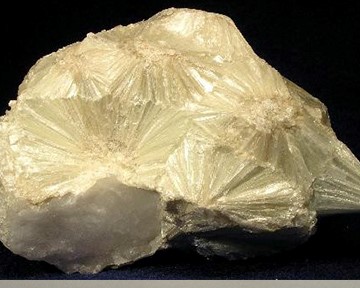
Pyrophyllite (PL)
Pyrophyllite is a hydrated aluminum silicate that resembles talc.


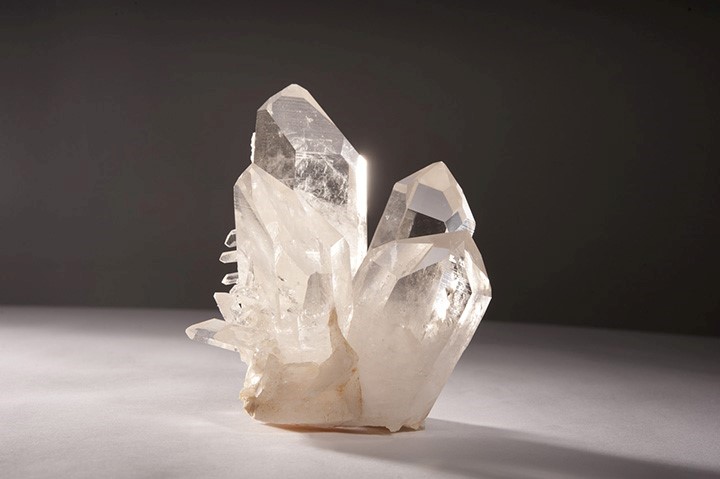
Quartzite
Quartzite is a massive siliceous rock composed of fused quartz crystals. It results from metamorphism of quartz-rich sandstone. Generally light in colour, quartzite has a glass-like fracture.



Quartz (Silica) (QZ)
Quartz is composed only of silica (SiO2). It is an important mineral of granite, granitic metamorphic rocks (gneiss, quartzite) and sedimentary rocks (sandstone).



Calcosilicate rocks
Calcosilicate rocks are slightly greyish to greenish metamorphic rocks derived from impure limestone. They are more resistant to erosion than marbles, with which they are associated, and stand out (in positive relief) compared to them.



Intrusive rocks
Intrusive rocks are magmatic rocks that result from the slow crystallization of magma at depth before it reaches the surface. This phenomenon produces rock masses composed of well-developed crystals visible to the naked eye.


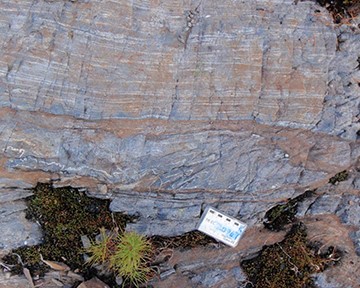
Metasomatic rocks (including skarn or tactite)
Metasomatic rocks are metamorphic rocks that result from the transformation of an original rock (protolith) by hydrothermal fluids


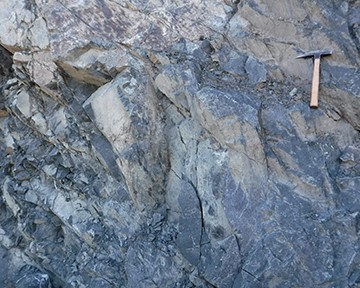
Volcanic rocks
Volcanic rocks are magmatic rocks that result from the rapid cooling of lava. The constituent minerals are generally not visible to the naked eye. Synonyms: volcanics, extrusive rocks or effusive rocks.


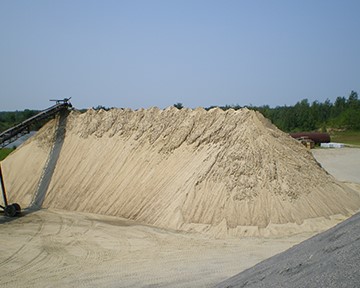
Sand
Sand is an unconsolidated sediment composed of grains (0.063-2mm in size) resulting from the erosion of pre-existing rocks.


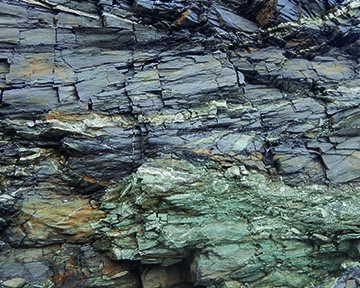
Schist
Schist is a metamorphic rock characterized by a laminated texture which splits into thin plates. This rock is said to display a schistosity.


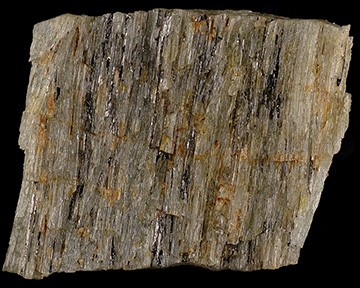
Sillimanite (SM)
Sillimanite is one of the forms of aluminum silicate typical of metamorphic rocks (along with kyanite and andalusite). This mineral is whitish, fibrous (hence its other name fibrolite) and lamellar, with a pearly lustre. Crystals indicate moderate to high regional metamorphism.



Sphene/Titanite (SN)
Sphene (or titanite) is a calcium-titanium silicate. It occurs in sodic magmatic rocks or metamorphic rocks.


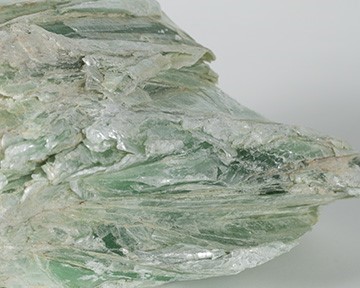
Talc (TC)
Talc is a hydroxylated magnesium silicate. It results from the alteration of magnesium silicates such as pyroxene, amphibole, olivine and similar minerals. It is also found in metamorphic rocks.


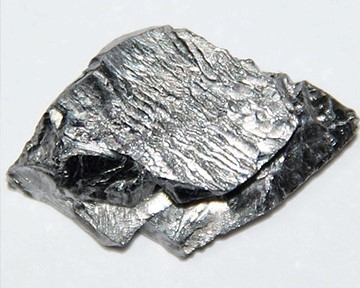
Tantalum (Ta)
Tantalum is a very dense metal. It occurs mainly in hydrothermal veins and granitic pegmatites. The main ore is coltan (or columbotantalite), which is a combination of columbite and tantalite in variable proportions.



Thorium (Th)
Thorium is a radioactive grey metal. It occurs in small amounts in most rocks as minerals such as thorite, thorianite and, most commonly, monazite (thorium phosphate and rare earths), which can contain up to 12% thorium oxide.


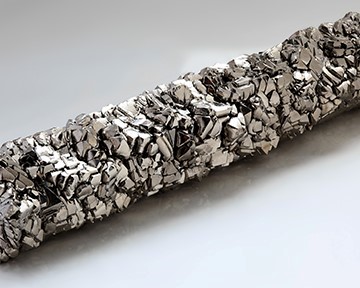
Titanium (Ti)
Titanium occurs in several minerals such as anatase, brookite, ilmenite, leucoxene, perovskite, rutile, sphene (titanite) and titanomagnetite. It occurs mainly in mafic magmatic rocks and placer deposits.


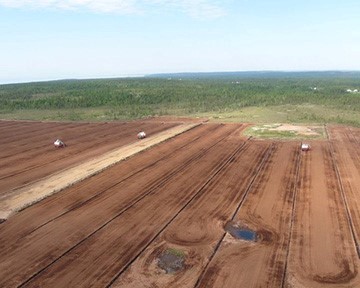
Peat (XG)
A peatland is a wet zone, colonized by vegetation allowing the formation of earth composed of peat which is the result of the fossilization of organic matter.

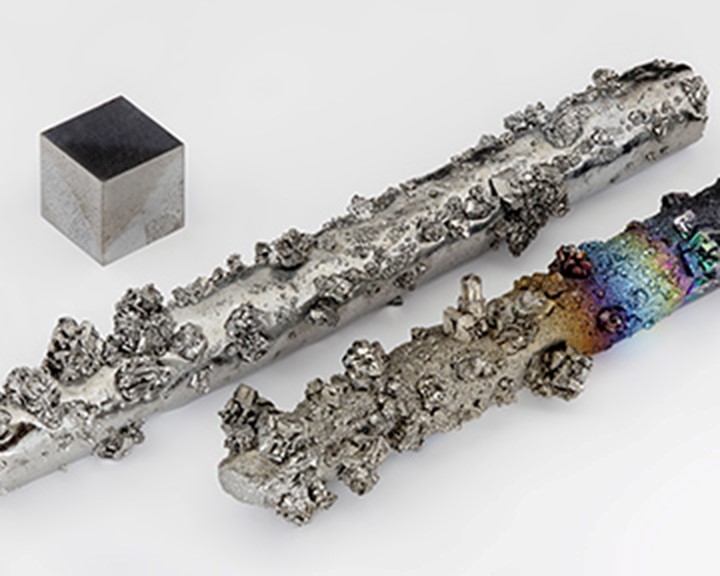
Tungsten (W)
Tungsten is a hard metal varying in colour from steel grey to tin white. Tungsten occurs in wolframite (iron-manganese tungstate), scheelite (calcium tungstate), ferberite and hübnerite.



Uranium (U)
Uranium is a grey, hard and radioactive metal. More abundant than silver, it is found everywhere in trace amounts, including in sea water. The principal uranium mineral is called uraninite or pitchblende.


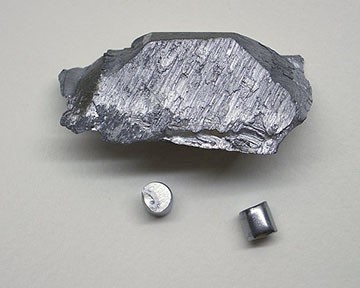
Vanadium (V)
Vanadium is a white metal, not very fusible and quite rare. It is associated with titanomagnetite in mafic rocks where it is generally mined as a by-product.


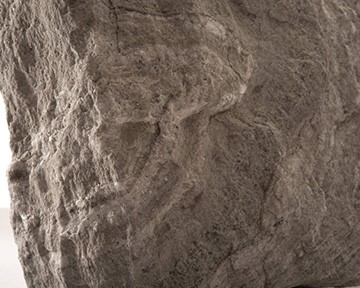
Wollastonite (WL)
Wollastonite is a calcium silicate formed in impure limestone or dolomite metamorphosed under high temperature conditions. It also occurs in skarns or in zones of contact metamorphism.


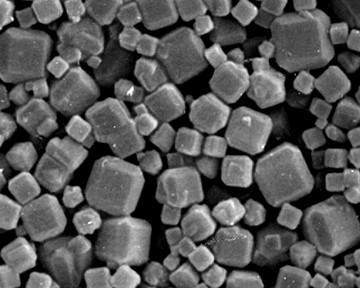
Zeolite (ZL)
Zeolite refers to a family of hydrated aluminum, calcium, magnesium or alkaline element (sodium, potassium) silicates. It occurs in slightly metamorphosed volcanic rocks or in cavity fillings.


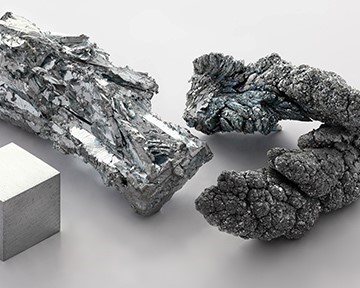
Zinc (Zn)
Zinc is a hard bluish white transition metal. Rare in its native state, the common zinc mineral is sphalerite, a zinc sulphide.


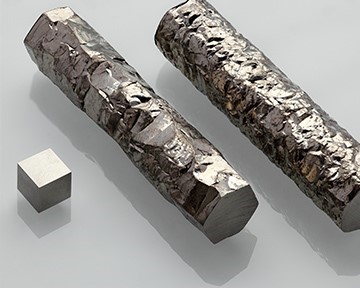
Zirconium (Zr)
Zirconium is a hard transition metal, silvery and satin-like. The main zirconium mineral, zircon (zirconium silicate), is a constituent of granite. It is generally extracted from alluvial deposits (placers).


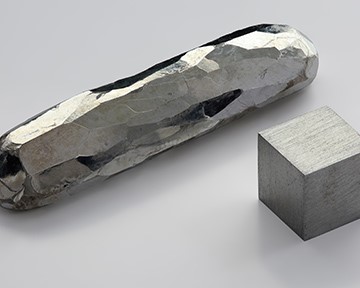
Cadmium (Cd)
Cadmium is a silvery metal with high corrosion resistance. Often associated with zinc ores.



Cesium (Cs)
Cesium is the most alkaline of the metals. Its chemical properties are close to those of rubidium and potassium, which belong to the same element family.



Gallium (Ga)
Gallium belongs to the metals category as a co-product of bauxite and zinc processing.


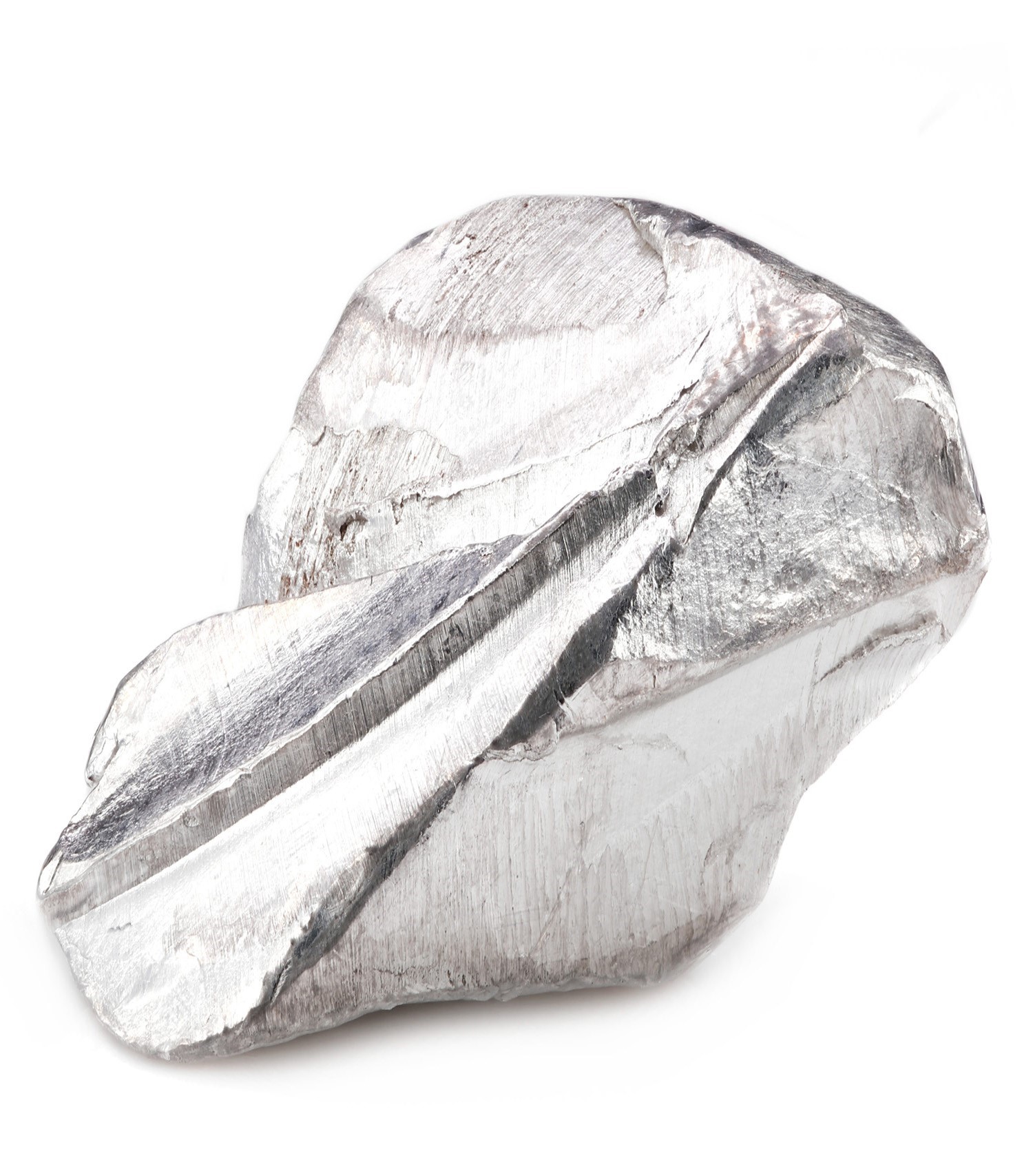
Indium (In)
Indium is co-produced by the metallurgy associated with zinc.

Magnesium (Mg)
Magnesium is a very light, alkaline earth metal. It is the eighth most abundant element in the universe.

Scandium (Sc)
Scandium is a soft transition metal with a silvery white appearance. Scandium is found in a few rare minerals. It is classified with yttrium and the lanthanides as a rare earth element because of similar chemical properties.

Tellurium (Te)
Tellurium is considered a metalloid of the chalcogen group, obtained as a co-product of copper, lead and nickel processing.


